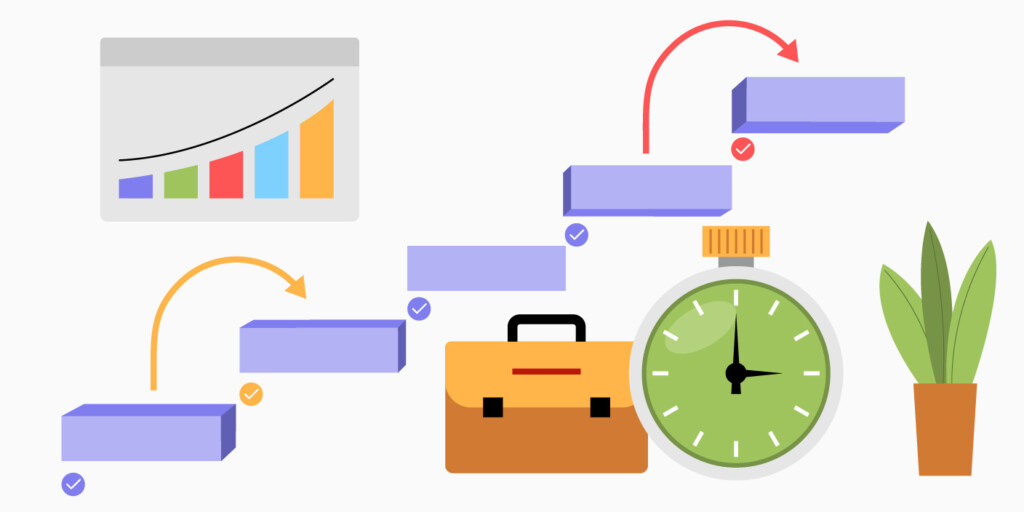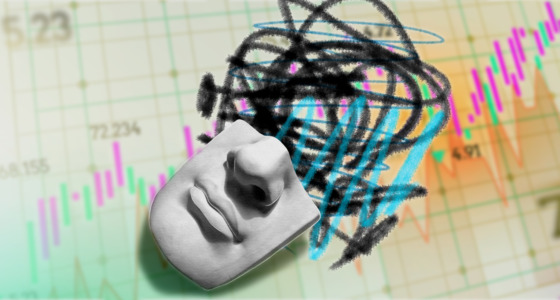

How you organize your work can have a significant impact on how you work. If you’re looking for someone with a unique approach to organizing their workday, look no further than Brian Chesky, the co-founder and CEO of Airbnb. One of the most interesting things about his schedule is that he stays in an Airbnb property for at least one week every year. This allows him to see the platform from a user’s perspective and helps him stay connected to the company’s culture.
For traders, time is money, and organizing your trading day properly can help you make the most of each day. Here are seven tips for doing so:
Set up a trading environment

A well-designed trading environment can help you stay focused, reduce distractions, and create a conducive atmosphere for a productive day.
One thing to consider is the physical space itself. Choose a quiet, well-lit space with a comfortable chair and desk that is dedicated solely to your trading activities (other work-related activities are optional). You should also ensure that you have a reliable computer and a high-speed internet connection, as well as that the lighting and temperature are optimal.
Identify your most productive times
When are you the most alert and focused? These are the time when you are more likely to make your best trading decisions and achieve the best results.
If you don’t know the answer to that question, start by tracking your energy levels and focus throughout the day. It can be as simple as keeping a log of your activities and energy levels at regular intervals. For example, note how you’re feeling at the start of your day, mid-morning, after lunch, and at the end of the day.
And then, schedule your most important and complex trades for your most productive times.
Use a visual calendar
There are many different types of visual calendars available, from paper-based planners to digital calendars and scheduling apps. The key is to choose a format that you find easier to understand and stick by.
The point is to categorize and color-code your trading tasks. For example, use different colors to indicate different types of trades, like short-term or long-term trades, or trades in different markets. This should help you prioritize your activities based on their importance and urgency.

Break tasks into smaller steps

Smaller, more manageable tasks will make it easier to stay on track. For example, if your goal is to analyze technical indicators, try breaking the task down into these steps:
- Identify the indicators you want to analyze.
- Gather the necessary data.
- Input the data into a spreadsheet or analysis tool.
- Interpret the results.
- Make trading decisions based on your analysis.
Breaking down your trading tasks is more of a mental exercise rather than a literal plan of action. You can just keep these smaller steps in mind without putting them on a to-do list.
Use checklists
When you’re managing multiple trades or strategies at once, some important things may slip through the cracks. But by using a checklist, you can keep track of all the necessary steps for each trade. You can have a checklist for conducting market research, setting up alerts, placing orders, and so on.
Another benefit of using checklists is tracking progress. You’ll be able to track your productivity at different periods and see how much you’re accomplishing each day or week.
Incorporate mindfulness practices

Mindfulness is about being fully present and engaged in the present moment without judgment or distraction. A few ways you can incorporate mindfulness into your trading day are:
- Take a few minutes to sit quietly before you start trading,
- Throughout the day, take a few deep breaths and focus on the sensation of air moving in and out of your body.
- When executing trades, focus your attention fully on the task at hand. Don’t let your mind wonder about past mistakes or future worries.
By avoiding distractions and staying centered, you can make the most of your time and accomplish more in less time.
Stay flexible

While it’s important to have a plan and stick to it, unexpected events and market changes can occur at any time. And this shouldn’t ruin your entire day.
When you’re able to quickly adjust your approach to trading, you can allocate your time and resources more effectively. As a result, it’ll be easier to continue to make progress toward your goals.
Sources:
Determine your most productive time of the workday, Business News Daily
The 5 best calendar apps in 2023, Zapier
How to be more mindful at work, The New York Times








